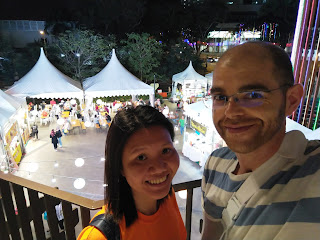Timeline of changes in your body - 3 years after the surgery
It has been 3 years after the surgery. I remember vividly the sensation on the way to the surgery room. The frustration of giving up hope for a full natural healing, and giving in to a calculated risk with estimated recovery level rates. My brachioradialis is still reminding me it was the right call. It is getting a bit stronger tho 💪. Everything related to the arm healing feels normal by now, and used to it by a long shot. Very grateful to Dr. Somsak and Dr. Kanchai for the fantastic work done on me. I continue my exercises as much as I can, and hopefully my self-discipline will help me to continue for at least a few more years.
